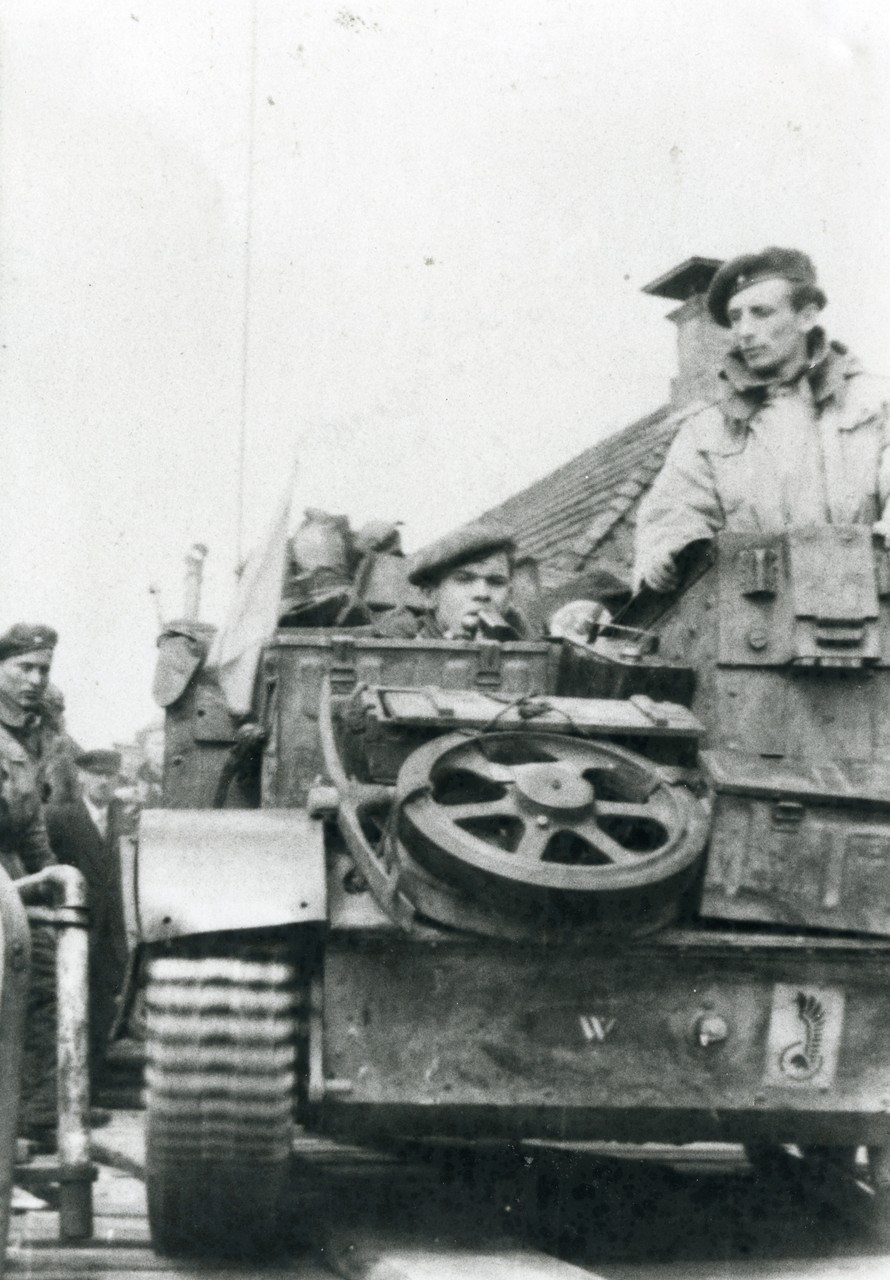The Polish scouts reached Nieuwe Pekela in the late afternoon and did not have to fight due to the local resistance's arrangements with the Nationaal Socialistische Beweging (the Dutch National Socialist Movement) and the Landwacht (Dutch paramilitary organization founded by the German occupation forces) in the village. The resistance had vouched for the safety of the NSB and Landwacht provided they laid down their arms in time.
After the last German occupiers left Nieuwe Pekela, the resistance waited for the Polish forces at the blown-up Onstwedder bridge. As the advance needed northwards to continue in the direction of Veendam, an emergency bridge was made from prams, planks and packs of straw. It was named 'Bridge no Fire'. After all, smoking was not allowed near it because of the danger of fire. The lighter jeeps and carriers could use the bridge immediately, the heavier tanks had to wait until the engineers reinforced the bridge.
On Saturday morning 14 April, Polish troops entered Oude Pekela from Nieuwe Pekela and, together with Belgian soldiers, drove out the German troops. Now all of Pekela was truly liberated and the Dutch flag could be hoisted. A day later the Polish forces left Pekela in a long column and marched on to Winschoten and other more northern places. The Canadian forces took over from the Polish troops in Pekela.
